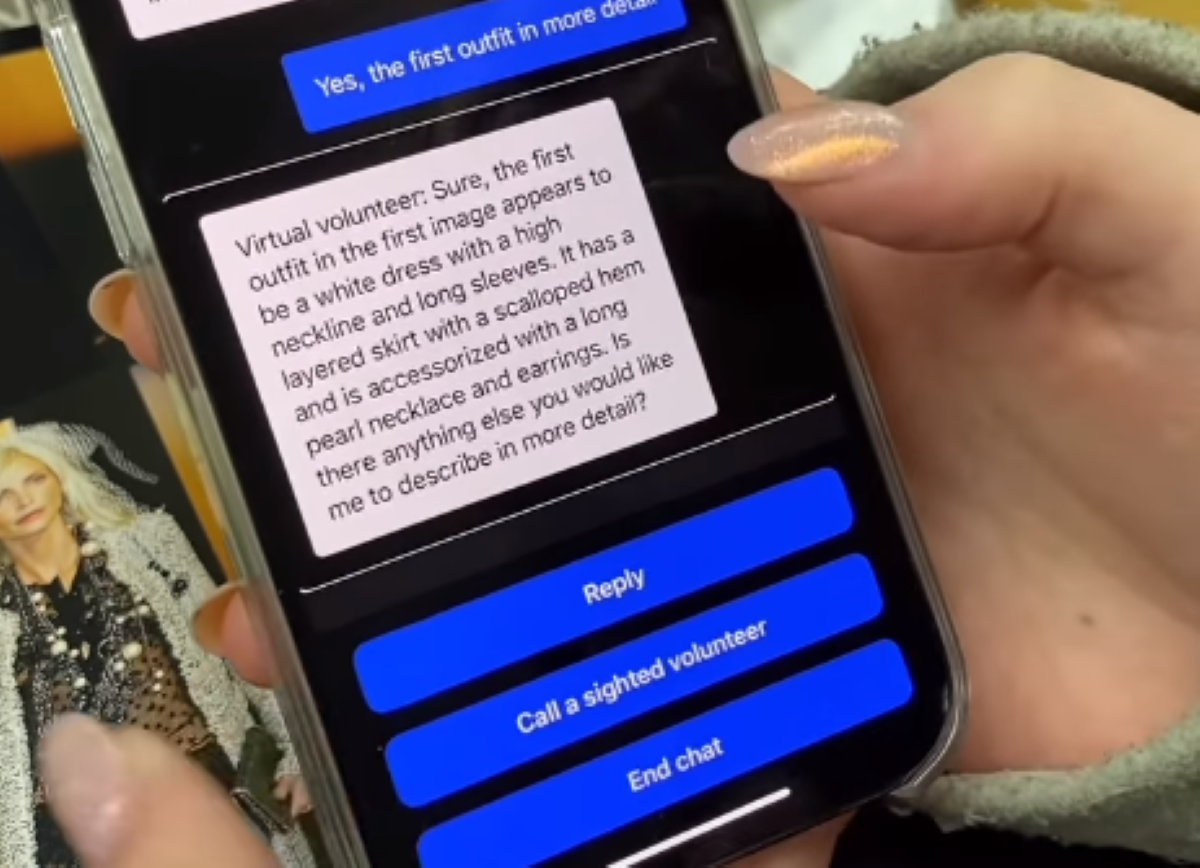Generative and analytical AI systems are developing at an increasingly fast pace. Text writing, text summarization, and image analysis are all processes that make it easier to use more advanced AI models, such as ChatGPt-4. But what happens when these functions are combined and placed at the service of the daily lives of people with disabilities? This is shown by Lucy Edwards, a blind Englishwoman who demonstrates the workings of the Be My Eyes app on her Instagram profile. Initially created to bring blind people into contact with volunteers who assist them remotely in daily operations, the program has begun to rely on ChatGPT for the analysis and advice it gives to those who use it.
service catalog
Complex techniques behind a simple process. In the reel posted by Edwards, you can see her in the gym. She says she intends to continue her jogging training. This is why he needs to know where the treadmill is. Grab the phone, take a picture of the room, and after a few moments the app starts reading instant generated text with directions to get to them. Once there, Edwards has to figure out which cars are free. Same process: Take a photo, and Be My Eyes does what it promises. Shows you how to get there Tapis Rolant free. Another case, similar process. In this case, Edwards is in an oriental goods store, where you need to find out what product you want to buy. She holds a bottle in her hand, circles the label Be My Eyes, and the virtual assistant translates it, showing her what the product contains. The app could be more detailed, as when a girl in a Chanel catalog uses it, and the recognition system accurately describes the clothes worn by the models.
Read about Open
Read also:

“Food expert. Unapologetic bacon maven. Beer enthusiast. Pop cultureaholic. General travel scholar. Total internet buff.”



